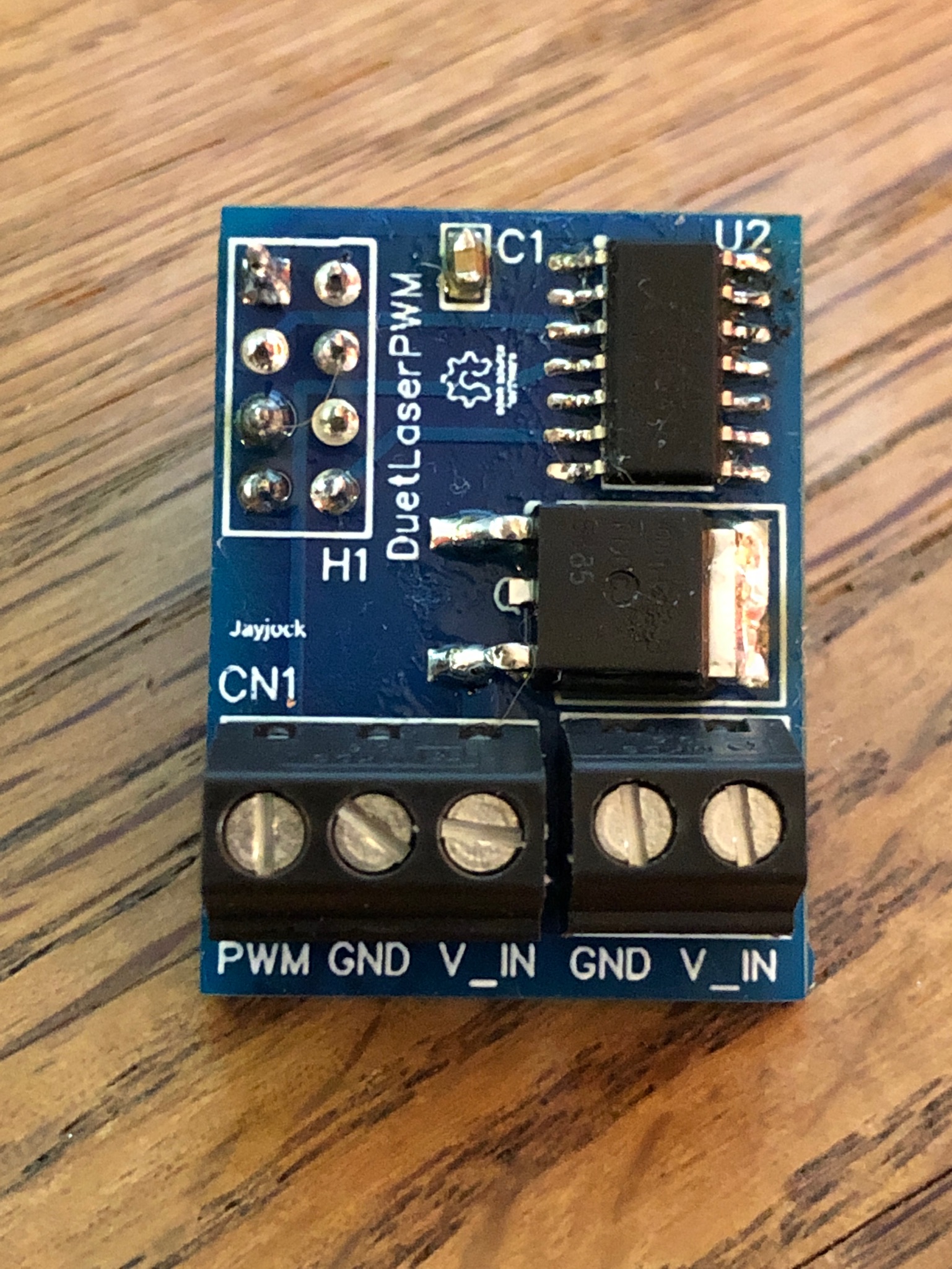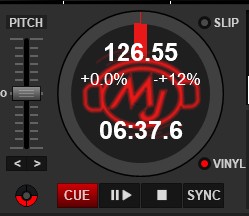

Sprayers may be designed as attachments to tractor or self-propelled power unit. Agrochemical may be applied at various crop growth stages of cotton during the entire crop seasons by different sprayers technology commercially available in the market. The success of control over insect-pest, diseases and weed depends upon use of proper spraying technologies (spray machine & spray method).

Nozzle selection and efficient operation of sprayers is must for the better control of the pest on cotton crop. Spray booms can also be mounted on drones, airplane or helicopter for application to spray on large fields. Both type of sprayers utilize air in which the nozzles spray into the air stream of a fan flow, which carries and distributes the droplets into the vineyards and orchards. Horizontal boom sprayers are used to spray in field crops, while vertical boom sprayers are used to spray for vineyards and orchards.

Vehicle-mounted sprayers generally use wider booms attached with nozzles for horizontal or vertical spraying.
Controller by DennYo download portable#
Sprayers for crop protection can be divided as vehicle-mounted, trailed types and portable type sprayers.
Controller by DennYo download manual#
Special devices, such as the portable knapsack sprayer, have been designed for manual operation has only one nozzle, which is fixed on a lance. Different types of sprayers namely manual operated, tractor operated boom sprayer, auto-rotated gun sprayer, self-propelled high clearance boom sprayer, air assisted boom sprayer, air assisted electrostatic sprayer and unmanned aerial vehicle (UAV) based sprayer are available for spraying on cotton crop. If possible proper coverage of underside of leaves during the insecticidal spray may effectively reduce the whitefly population in cotton crop.Ĭhemical application by sprayer is a common field operation in crop production. Regular, supervision of the crop is must for detection of whitefly incidence. Affected leaves and seed cotton turns black due to development of sooty mold on the plants. Whitefly adults and nymphs suck sap from leaves and excrete honey dew on leaves which become sticky. cotton provides effective protection against cotton bollworms, but sucking pests namely whitefly, jassid, aphid and mealy bug are the most serious in Bt. The decrease in use of insecticide sprays associated with Bt crops could enhance bio-control services. Broad-spectrum insecticides kill arthropod natural enemies that provide biological control of pests. Over the past several years, plantings of transgenic crops producing insecticidal proteins from the bacterium Bacillus thuringiensis (Bt) have helped to control several insect pests and reduced the need for insecticides. Leading cotton producing countries worldwide in 2020–2021 are China with the production of 6.42 million metric tons followed by India with 6.16 million metric tons accounting for about 58% of the world cotton production. Automatic controller can be fitted on these sprayers for adjusting the discharge and to reduce missing or overlapping of spray. Selection of nozzle is also important for these type of sprayers. Multipurpose high clearance sprayer mostly preferred by the farmers has three types of spraying arrangements namely auto rotate gun, boom type and drop up type nozzles can work at all stages of the crop and saves time, labor and cost of operation as well as it reduces drudgery of the operation. Air assisted electrostatic sprayer, Auto rotating gun type sprayer, Multipurpose high clearance sprayer and even drones are now a days used for spraying in cotton crop. These sprayers can also be used for crops like sugarcane, potato etc. Different type of sprayers are being developed especially for the control of white fly in cotton crop. The sprays with conventional sprayer do not enter at the bottom of the plant canopy and at lower side of the leaves.

In field crops like cotton the pest attacks is on the lower side of the leaves during vegetative as well as reproductive stages of the cotton crop. The pest can be controlled effectively if pesticides are applied properly at the right rate, right time and on the target by right equipment. Distribution of pesticide is not uniform especially at the underside of the leaves. The pesticide with conventional sprayers is not so effective because non-uniform spray and of lesser width of coverage. There is a need of an efficient, precise and high capacity machine for spraying. Spraying is very tedious and time consuming operation.


 0 kommentar(er)
0 kommentar(er)
